Explore the world’s most breathtaking trails, whether you’re taking your first steps or seeking your next challenge.
Hiking is more than just a physical activity; it’s a gateway to discovering the world’s natural wonders. From serene woodland paths to rugged mountain treks, there’s a trail for every level of hiker. This guide takes you through some of the best hiking destinations worldwide, catering to beginners, intermediates, and seasoned adventurers alike.
Gentle trails to build confidence for beginners
Starting your hiking journey doesn’t require scaling mountains. Beginner-friendly trails offer scenic beauty without overwhelming challenges. As a beginner, it’s important to consider a few key factors before setting out:
- Trail length and difficulty: Choose shorter routes with gentle elevation changes to build your confidence and stamina.
- Weather and season: Check the weather forecast and select trails that are safe and enjoyable based on the season.
- Navigation: Opt for well-marked trails and carry a map, GPS device, or use a reliable hiking app.
- Footwear and gear: Wear comfortable, sturdy shoes with good grip, and bring essentials like water, snacks, sun protection, and a basic first-aid kit.
- Pace yourself: Start slow, take regular breaks, and listen to your body.
- Respect nature: Stay on marked paths, avoid disturbing wildlife, and carry out all trash.
By keeping these tips in mind, you’ll ensure a safe, enjoyable, and rewarding introduction to the world of hiking.
Cinque Terre, Italy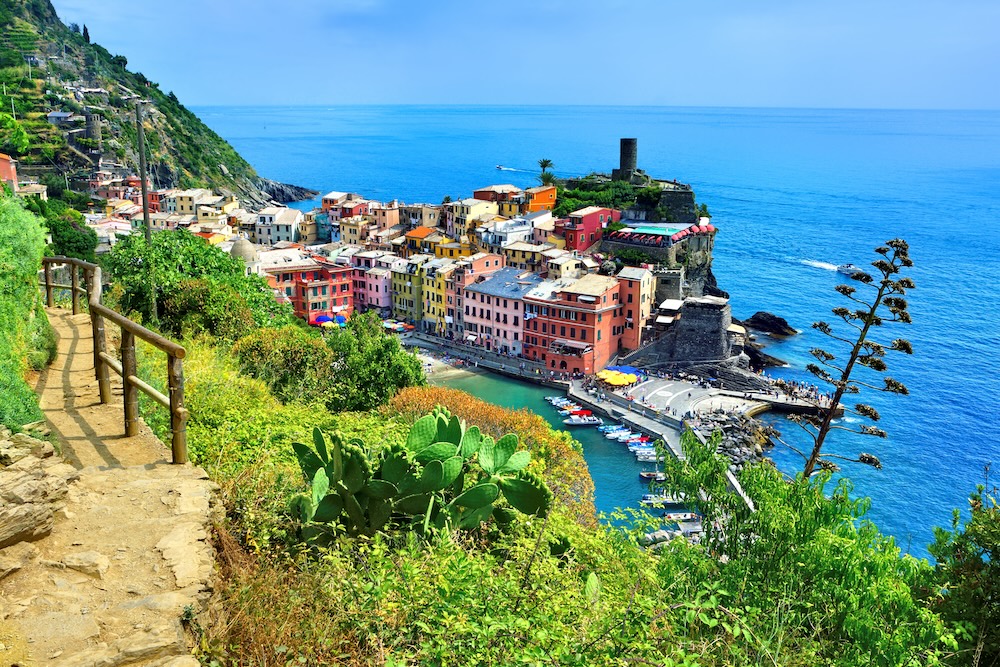
The Cinque Terre Trail is a picturesque coastal hike that typically starts in the charming village of Monterosso al Mare, winding its way through all five colourful villages of the Cinque Terre along the Italian Riviera. With a total distance of about 11 kilometres, it’s perfect for beginners. The trail boasts stunning sea views, colourful villages, and a taste of Italian culture. The well-marked paths and moderate terrain make it an ideal introduction to hiking.
Duration: 1.5–2 hours between each village (total: approximately 11 km).
Best Season: Spring (March–June) and autumn (September–October) for mild weather and fewer crowds.
Nearby Highlight: Stop at Bar Nunzio in Vernazza for refreshing drinks and a taste of local Italian cuisine.
Windsor Nature Park, Singapore
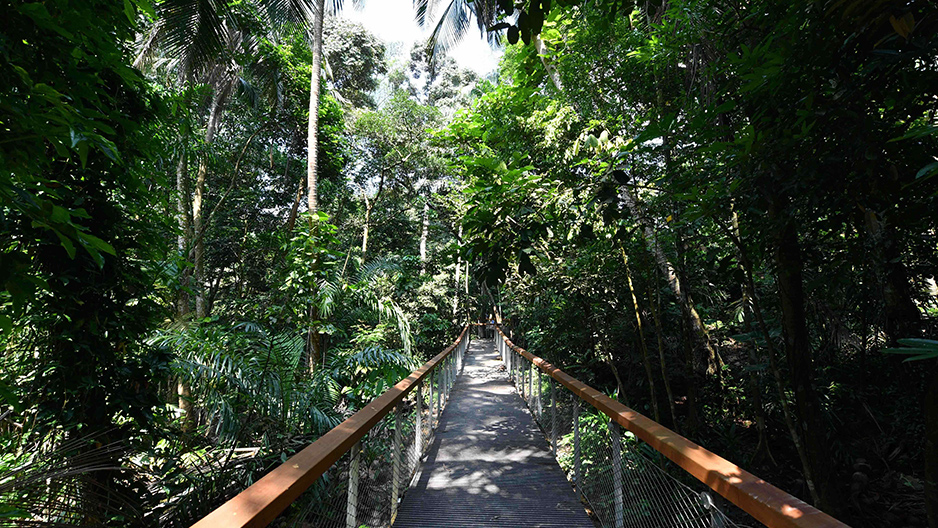
For those in Singapore, Windsor Nature Park offers three beginner-friendly trails, each with its unique appeal:
1. Forest Trail is a gentle 1.5 km loop through secondary rainforest, perfect for spotting local wildlife and enjoying a peaceful nature walk.
2. Meadow Trail is a slightly shorter 1 km path that takes you through open grasslands and wildflower meadows, ideal for birdwatching and easy strolls.
3. Canopy Trail is a 1.2 km trail featuring elevated walkways and boardwalks, offering a chance to experience the forest from above and observe the treetop ecosystem.
Choose the trail that best suits your interests and fitness level for a refreshing outdoor experience.
These trails feature freshwater streams, elevated bridges, and diverse wildlife, making them perfect for a leisurely hike.
Duration: 3–4 hours for the full loop (approximately 4 km).
Best Season: Early mornings year-round; cooler months from November to February are ideal.
Nearby Highlight: The Venus Loop leads to the MacRitchie Treetop Walk, offering panoramic views of Singapore’s lush greenery.
Sengkang Riverside Park, Singapore 
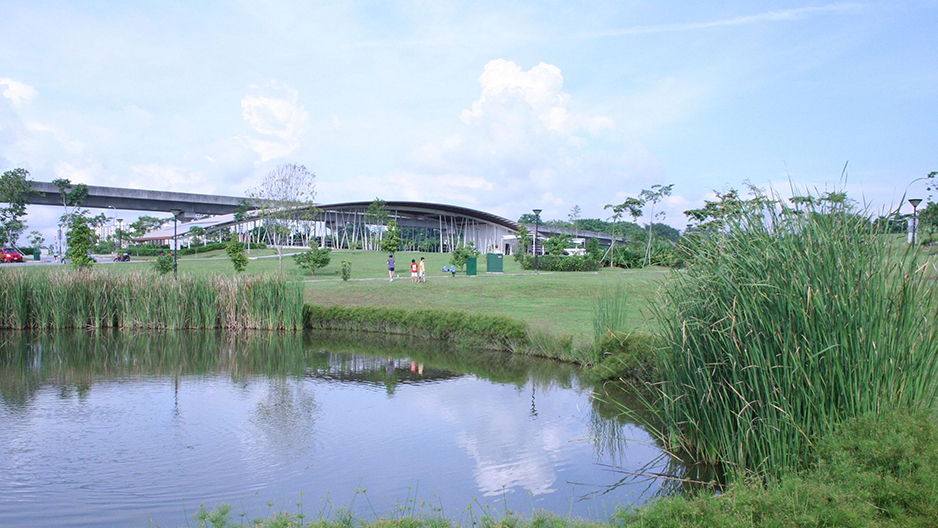
Another great option for beginners is Sengkang Riverside Park, which is very cycling-friendly with well-maintained, paved trails designed for both cyclists and joggers. The park offers dedicated cycling paths where you can comfortably explore scenic wetlands and reservoir views at your own pace. Bike rentals are available nearby if you don’t have your own, making it easy for beginners to enjoy a leisurely ride. Do note that cyclists and pedestrians share the paths, so it’s important to ride considerately, keep to the left, and follow Singapore’s cycling rules for a safe and enjoyable experience.
Its a 2.1-kilometre trail offers a mix of fun and exercise, with highlights like lalang fields and Singapore’s largest man-made wetland, the Sengkang Floating Wetland, an innovative ecological feature located within Sengkang Riverside Park. This floating wetland is a series of interconnected, buoyant platforms covered with native plants that rest on the surface of the Punggol Reservoir. What makes it unique is its dual function: it acts as a natural water filter by absorbing excess nutrients and pollutants from the reservoir, while also providing a thriving habitat for birds, butterflies, and aquatic life. Visitors can explore the wetland via boardwalks and viewing platforms, making it a fascinating spot for nature observation and environmental education right in the heart of the city.
Duration: 1–2 hours (2.1 km).
Best Season: Year-round; early mornings or late afternoons are recommended to avoid heat.
Nearby Highlight: Enjoy local fare at the nearby Anchorvale Community Club after your hike.
Stepping up the challenge for intermediate hikers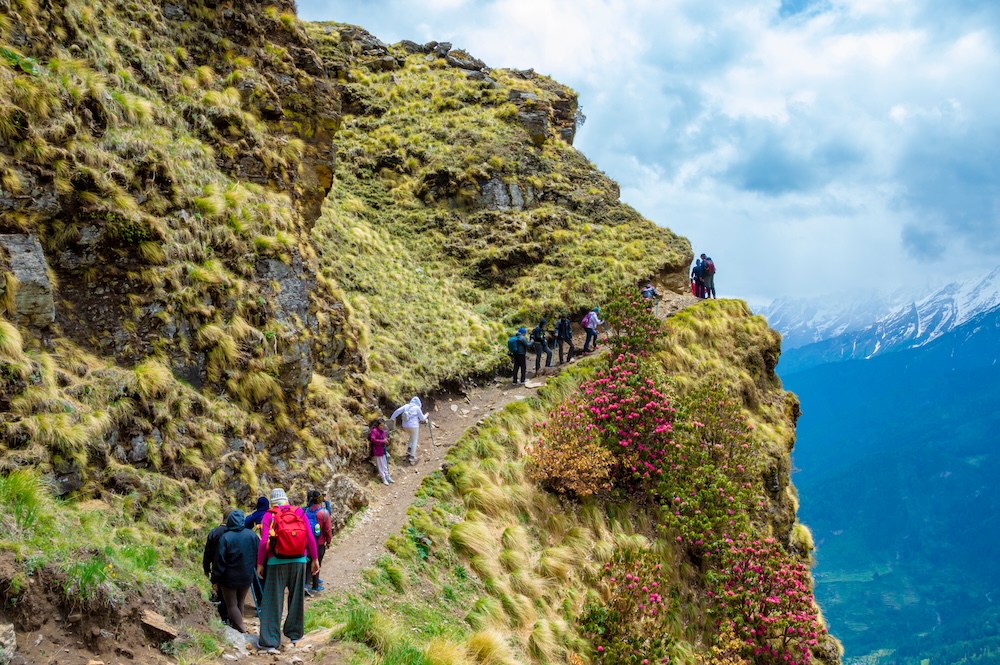
Once you’ve built some stamina and confidence on beginner trails, you might find yourself craving new scenery or greater challenges. Intermediate trails are perfect for those who want to take things up a notch, offering a rewarding blend of scenic beauty, varied terrain, and moderate physical demands. These trails often feature steeper inclines, longer distances, and more rugged paths, allowing you to push your limits and further develop your hiking skills.
As you step up to intermediate hikes, it’s important to prepare accordingly. Make sure you have comfortable, supportive footwear with good grip, and consider bringing trekking poles for added stability on uneven ground. Pack extra water, snacks, and a light rain jacket, as weather conditions and trail lengths can be more unpredictable.
It’s also wise to familiarise yourself with the trail map, check for any route advisories, and let someone know your hiking plans. By preparing well, you’ll be ready to embrace the adventure and enjoy the satisfaction that comes from challenging yourself on the trail.
Lantau Peak, Hong Kong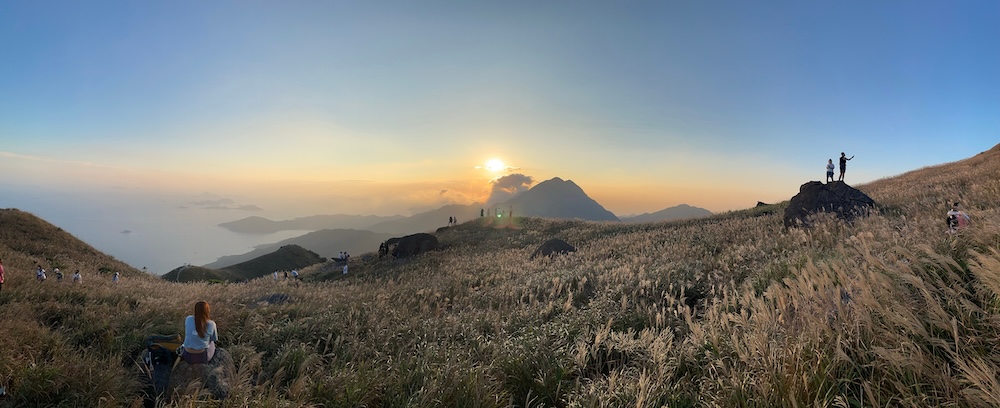
Lantau Peak, the second-highest peak in Hong Kong, offers a moderately challenging hike with panoramic views. The 4.5-kilometre trail is best tackled early in the morning to catch the sunrise. While the hike includes steep sections and steps, it’s manageable for those with some hiking experience.
Duration: 4–5 hours (4.5 km).
Best Season: Late autumn to early spring (November–March), characterised by cooler temperatures and clear skies.
Nearby Highlight: Po Lin Monastery at the base of the trail serves delicious vegetarian meals and offers cultural insights
The W Trek, Chile 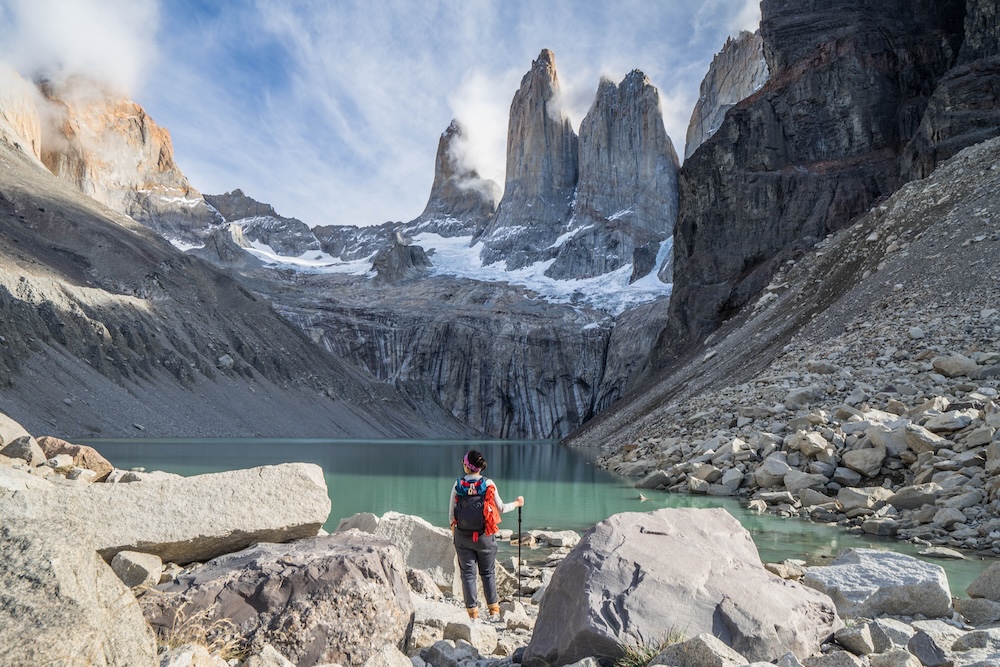
Located in Patagonia’s Torres del Paine National Park, the W Trek spans approximately 71 kilometres over five days. This well-marked trail offers breathtaking views of glaciers, mountains, and lakes. Highlights include the iconic Torres del Paine towers, Grey Glacier, and the French Valley.
While the W Trek is accessible to those with moderate hiking experience, it is considered demanding due to its long daily distances, steep ascents and descents, and rapidly changing Patagonian weather. Hikers must be prepared for strong winds, rain, and cold temperatures, even in summer, as well as carrying their gear between refuges or campsites.
The combination of physical exertion, variable terrain, and unpredictable conditions makes the W Trek a rewarding but challenging adventure for those looking to push beyond beginner trails.
Duration: 4–5 days (approximately 71 km).
Best Season: The high season is from October to April, while December–March offers longer daylight hours.
Nearby Highlight: Stay at Refugio Las Torres for hearty meals and stunning views of the iconic towers
Southern Ridges, Singapore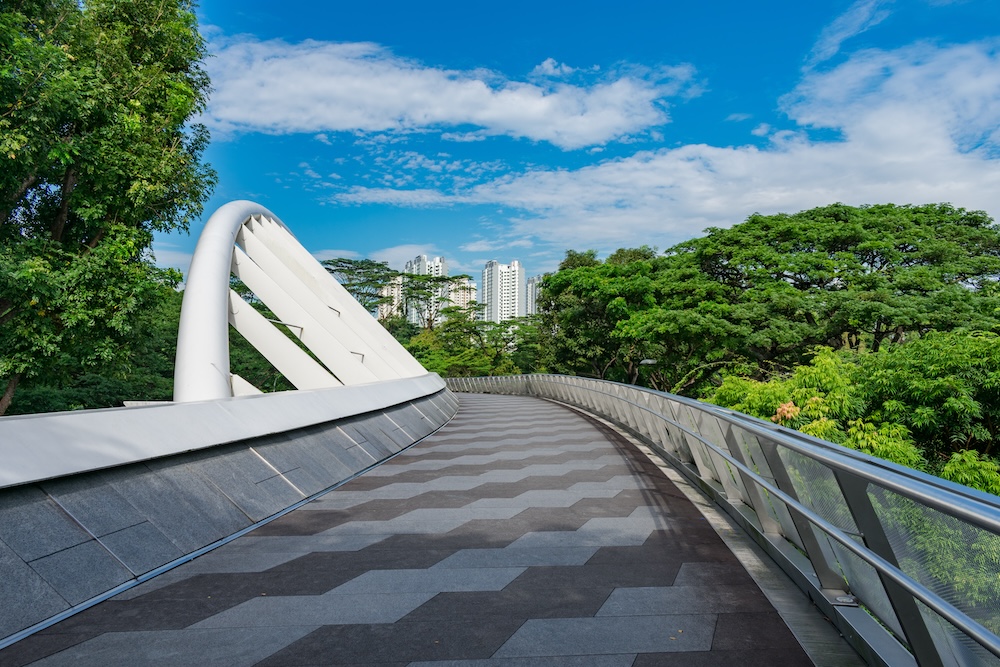
For a local option, the Southern Ridges in Singapore offers a series of interconnected trails ranging from moderate to challenging, allowing you to choose routes that best match your physical fitness and comfort level. The elevated walkways provide stunning views, and the trail’s well-paved paths, gentle slopes, and occasional steep inclines make it a great intermediate hike.
Duration: 4–6 hours (10 km).
Best Season: November–February for cooler weather.
Nearby Highlight: Dine at Alkaff Mansion near Mount Faber Park for exquisite European cuisine in a historic setting.
The ultimate adventures for experienced hikers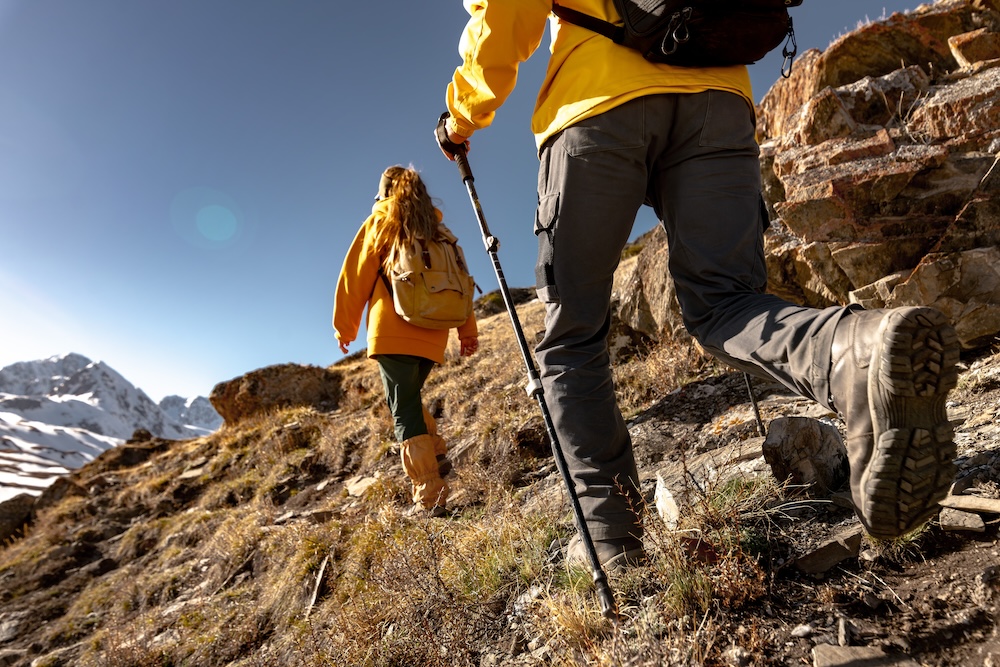
For seasoned hikers, the world’s most challenging trails offer unparalleled rewards. These demanding routes often feature steep ascents and descents, rugged and uneven terrain, high altitudes, and unpredictable weather conditions. They may require advanced navigation skills, multi-day trekking with heavy packs, and the ability to adapt to remote or isolated environments.
While physically and mentally testing, these trails promise breathtaking scenery, a deep sense of accomplishment, and the chance to experience some of the planet’s most awe-inspiring landscapes.
Appalachian Trail, USA 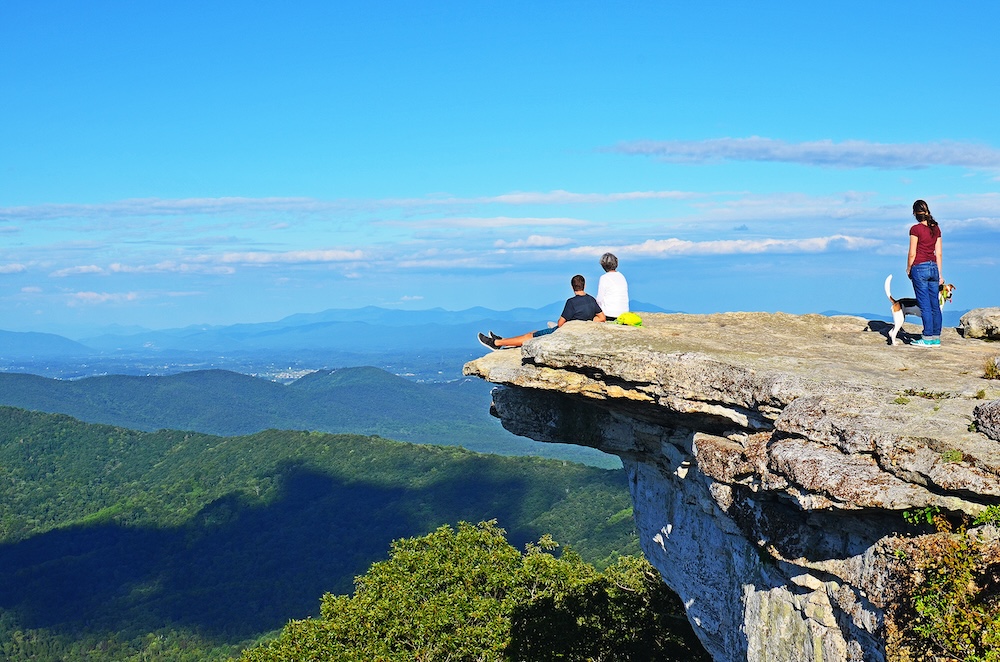
Stretching 2,193 miles (3,529 km) through 14 states, the Appalachian Trail is one of the longest continuously marked footpaths in the world. This legendary trail is not only a bucket-list adventure for hikers but also a living symbol of conservation and stewardship. Managed by the Appalachian Trail Conservancy (ATC) and a network of volunteers, the trail’s mission is to preserve the natural beauty, ecological integrity, and cultural heritage of the Appalachian Mountains for future generations.
Most Popular and Easier Sections:
- Shenandoah National Park (Virginia): Renowned for its relatively gentle terrain, scenic overlooks, and frequent access points, this section is ideal for beginners or those seeking a more relaxed hiking experience.
- Grayson Highlands (Virginia) & Roan Highlands (Tennessee/North Carolina): These stretches are famous for their open balds, wild ponies, and sweeping views, offering high rewards with moderate effort.
- Southern Pennsylvania to Northern Virginia: Known for rolling hills and smoother trails, this segment is less physically demanding and well-suited to those easing into long-distance hiking.
More Challenging Sections:
- White Mountains (New Hampshire) & Southern Maine: Among the toughest parts of the trail, these areas feature steep ascents and descents, rugged, rocky terrain, and rapidly changing weather. The Mahoosuc Notch in Maine is often called the most difficult mile on the entire trail.
- 100-Mile Wilderness (Maine): This remote, scenic stretch requires careful planning due to its length and lack of resupply points, making it a true test of endurance and self-sufficiency.
The Appalachian Trail Conservancy’s ongoing conservation efforts are critical to maintaining the trail’s wild character and protecting its diverse ecosystems. Hikers are encouraged to follow Leave No Trace principles, respect wildlife, and support the ATC’s mission to ensure that this iconic trail remains a sanctuary for both nature and adventure seekers for generations to come.
Duration: Varies; through-hike takes 5–7 months (3,529 km); day hikes can be tailored to your preference.
Best Season: Late spring (April–June) or early fall (September–October) for pleasant weather.
Nearby Highlight: Visit Harper’s Ferry in West Virginia, a historic town offering cozy cafés and a rich history along the trail
Inca Trail, Peru 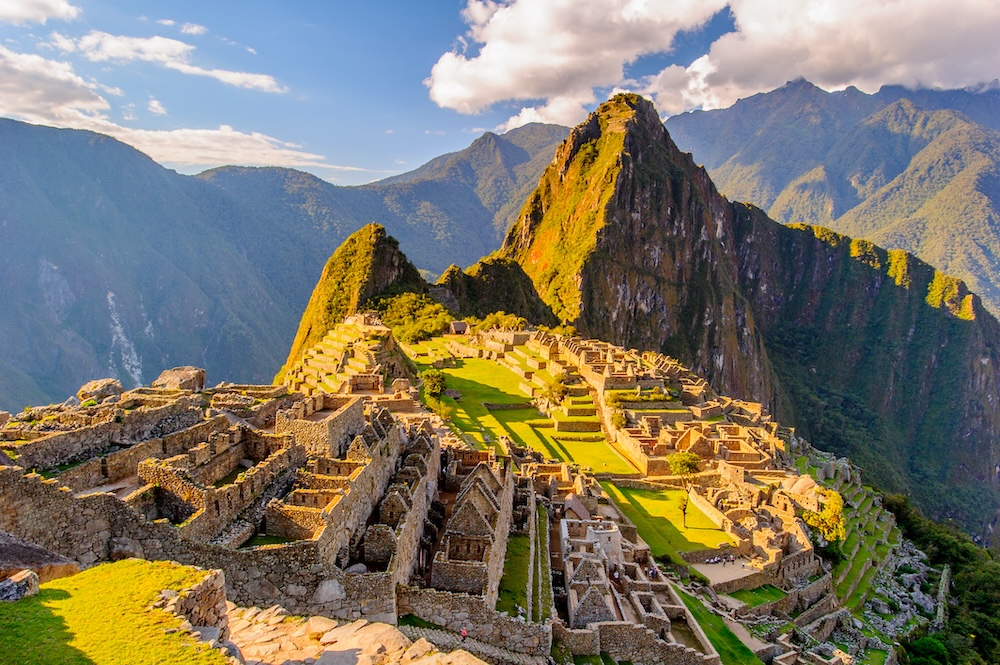
The 33-kilometre Inca Trail to Machu Picchu is a legendary trek through high-cloud forests and ancient ruins. The trail climbs to 2,430 meters (7,972 feet) and crosses three high passes. With its rich history and stunning views, it’s a must-do for experienced hikers. Permits are limited, so book well in advance.
Duration: 4 days (approximately 33 km).
Best Season: The dry season is from April to October, while May or October offer fewer crowds.
Nearby Highlight: Enjoy traditional Peruvian dishes at Tinkuy Buffet Restaurant near Machu Picchu after completing your trek.
The Olive Trail, Namibia 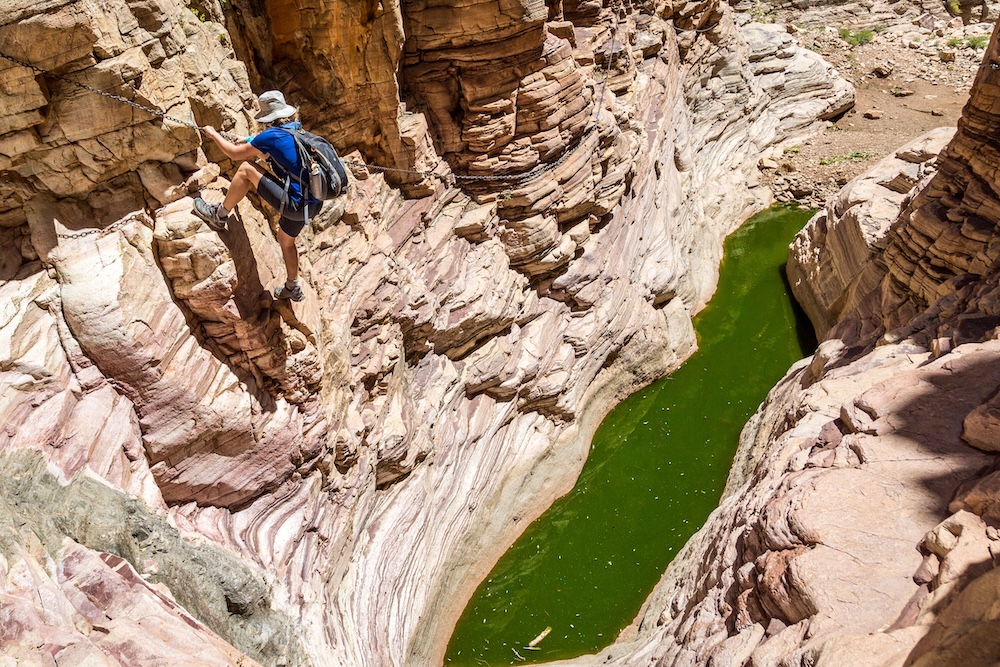
Located in Namibia’s Namib-Naukluft National Park, the Olive Trail is a challenging 10-kilometre circuit. The entry point for the trail is a dedicated parking lot situated about 4 km northeast of the Naukluft Camp, which serves as the main base for hikers in the area. To begin your hike, you’ll need to register at the Naukluft Camp office for safety and park entry purposes before driving or walking to the trailhead.
Hikers navigate steep climbs, swimming holes, and a 1,910-meter ridge with panoramic desert views. The trail’s diverse terrain and breathtaking scenery make it one of the best day hikes in the world. The trail is well-marked and starts with a steep ascent onto a plateau, followed by a descent into a rocky canyon and the famous “pool with chains” section. Day visitors are required to pay park entry fees at the camp office, while overnight guests at Naukluft Camp have the fees included in their accommodation.
Duration: 4–6 hours (10 km).
Best Season: May–September, during Namibia’s dry winter months for clear skies and cooler temperatures.
Nearby Highlight: Visit the Moon Landscape viewpoint nearby for surreal desert vistas resembling another planet.
Tips for a successful hike 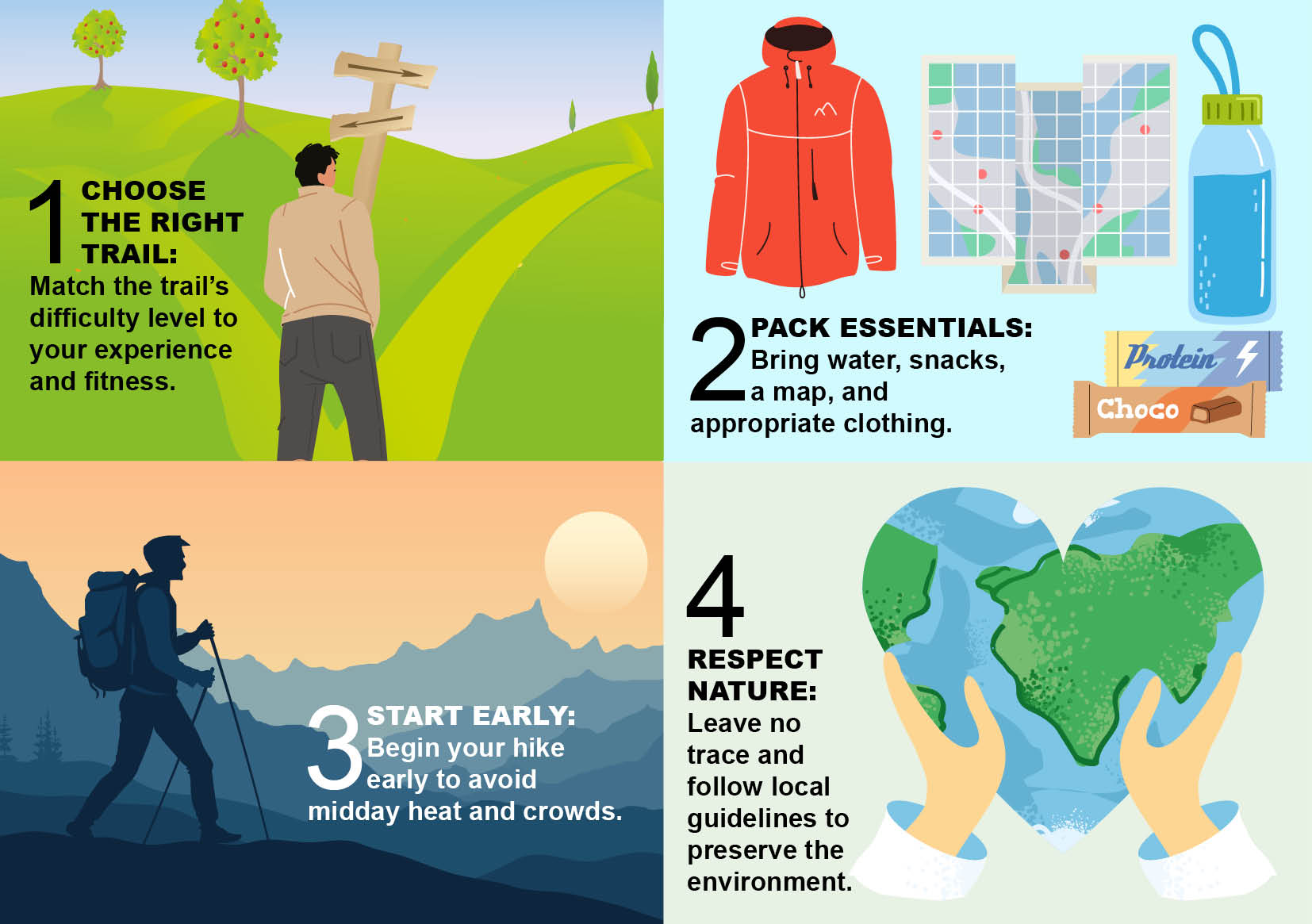
A safe and enjoyable hike starts with good preparation and awareness. Here are essential tips every hiker should keep in mind, especially if you’re new to the trails:
Safety First: What to Do If You’re Unable to Continue
-
- Stay calm and assess: If you’re injured, lost, or unable to continue, stop and assess your situation. Don’t push yourself further if you are unwell or exhausted.
- Signal for help: Use a whistle, brightly colored clothing, or a flashlight to signal for help. If you have cell service, call emergency services (such as 911) immediately.
- Stay put: Unless you are in immediate danger (such as from weather or wildlife), it’s usually safest to stay where you are to make it easier for rescuers to find you.
- Inform someone: Always share your hiking plans and expected return time with a trusted contact before your hike. If you don’t check in as planned, they can alert authorities.
Essentials to Prepare
-
- Navigation tools: Carry a map, compass, or GPS device, even on well-marked trails.
- Communication devices: Bring a fully charged mobile phone and, for remote hikes, consider a satellite messenger or personal locator beacon.
- First aid kit: Pack a basic first aid kit with bandages, antiseptic, and any personal medications.
- Weather-appropriate clothing: Dress in layers and bring rain gear; conditions can change quickly.
- Food and water: Carry enough water and high-energy snacks for your hike, plus extra in case of delays.
- Light source: Bring a headlamp or flashlight with spare batteries, even for day hikes.
- Multi-tool or knife: Useful for minor repairs or emergencies.
- Emergency shelter: A lightweight emergency blanket or bivy sack can be a lifesaver if you need to spend an unexpected night outdoors.
Additional Safety Tips
-
- Stay aware: Be mindful of your surroundings, trust your instincts, and avoid isolated areas if hiking alone.
- Trail etiquette: Stay on marked paths, respect wildlife, and follow Leave No Trace
- Check weather and trail conditions: Know the forecast and any advisories before you set out.
- Avoid valuables: Don’t bring unnecessary valuables or leave your pack unattended at trailheads or campsites.
Whether you’re a novice or a seasoned hiker, the world’s trails offer endless opportunities for adventure and discovery. Lace up your boots, pack your essentials, and embark on a journey that will leave you with unforgettable memories.



